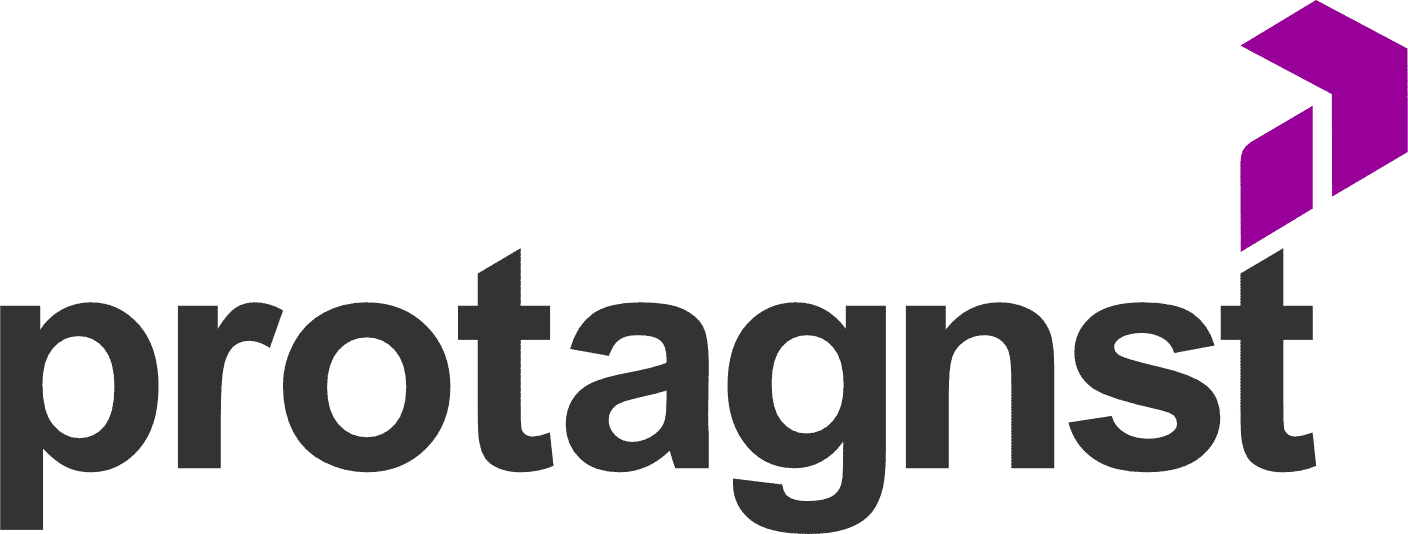In this article, we’ll dive into what inside sales is all about. We’ve put together a comprehensive piece to help you grasp the concept, exploring both its advantages and disadvantages.
For this sales model, it’s best to adopt a consultative approach, implementing techniques like SPIN selling and lead qualification. This method works for both inbound and outbound strategies. Scroll down and explore – happy reading!
If you’re looking to boost your sales and refine your business strategies, inside sales might be the key to unlocking success. Unlike the traditional sales model, inside sales leverages digital tools and remote communication to land clients and close deals more efficiently.
Get ready to delve into the world of inside sales and uncover the secrets to achieving remarkable sales results. Together, we’ll explore the potential of this innovative and transformative strategy, revolutionizing the way you conduct business.
Ready to take your sales performance to the next level?
Join us on this journey and discover how inside sales can be the game-changer you need to fuel growth and stand out in today’s competitive market.
It’s time to reinvent your sales strategies and conquer new horizons in the business world. Let’s go!
Table of Contents
- Inside Sales: What is it?
- Inside Sales: Translation
- What are the Advantages?
- When is Inside Sales Ideal?
- When is Inside Sales not Recommended?
- What are the Disadvantages?
- Inside Sales vs. Field Sales
- Inside Sales Roles
Mapa do Conteúdo:
ToggleInside Sales: What is it?

You might be wondering: what exactly is Inside Sales? Simply put, it’s a methodology for conducting sales remotely, from within a company. No need for in-person client visits.
This approach has gained immense popularity, particularly recently. With the pandemic, a significant number of businesses have transitioned to virtual meetings and embraced flexible work models. This shift opened doors for companies across different cities, states, and even countries to engage in business with one another.
Inside Sales: Translation
The literal translation of Inside Sales is, well, “inside sales.” It refers to sales that take place within the confines of the selling company’s office. This modern sales process eliminates the need for salespeople to travel to the buyer’s location, as all meetings and interactions occur virtually.
Back to Top
What is an Inside Sales Process?
Inside Sales is a sales process conducted remotely, without the need for the salesperson to physically travel. In this model, interactions with customers are primarily through phone calls, emails, video conferences, and other forms of digital communication.
The goal of Inside Sales is to manage the entire sales process in an efficient and productive way, maximizing the salesperson’s time and increasing their capacity to connect with customers. This is especially advantageous in B2B (business-to-business) sales, where negotiations often involve a longer and more complex sales cycle.
To succeed in Inside Sales, it’s important to utilize automation tools that help manage contacts, track leads, and analyze performance metrics. Additionally, it’s crucial for salespeople to develop effective communication skills and be capable of conducting consultative negotiations, identifying customer needs, and presenting solutions that add value to their business.
In short, Inside Sales is a strategy increasingly utilized by companies looking to optimize their sales processes, improve sales team productivity, and increase business profitability. It’s an approach that stands out for its efficiency and focus on the quality of customer service.
What are the Advantages of Inside Sales?
- Savings on time and travel expenses. Since business meetings are conducted virtually, there’s no need to travel to the client’s location.
- A greater sense of team unity among the sales team. By working in the same office, even virtually, the inside sales team can share results and stay more connected. On the other hand, traditional sales can isolate salespeople geographically, hindering team spirit.
- A more flexible and less formal environment. Implementing an inside sales process allows your team greater flexibility and a less formal sales process. While results are constantly monitored, you have more time to optimize your sales process.
- Increased productivity. Because the process is conducted from within the company, there are significant productivity gains. Inside sales professionals don’t need to make unnecessary trips, as they work from within the company itself.
- Scalable process. Once you’ve created a process that works, it can be scaled to other businesses. With a defined method, everything can be replicated.
- Sales predictability. This is what the book “Predictable Revenue” advocates, and it’s entirely true. Once you’ve established and scaled a process, you understand how long it takes to mature and how much time is needed for each sale. If you want to scale sales, all you need is the right people in the right places, and you’ll achieve sales predictability.
- Greater control over data and indicators. With the tools available in the market, everything can be quantified and measured, from the performance of each salesperson and pre-sales representative, providing the right indicators to make your Inside Sales operation scalable.
See how beneficial this process can be? Leverage Protagnst’s experience to implement it in your business!
Back to Top
When is Inside Sales Ideal?
There is no one-size-fits-all answer; it all depends on the market, company maturity, and how traditional or modern the target audience is.
The truth is this discussion can lead to many differing opinions. However, Inside Sales is generally more suitable for reaching SMEs (Small and Medium Enterprises) and initiating negotiations with large companies and multinationals.
Learn more about our B2B sales consulting services.
Because it’s a process that avoids travel, allowing for video conferencing and supporting the lead in a consultative sales process, it’s quite suitable for starting complex sales. As the proposal progresses, you might need to physically visit the company or have them come to your office to see the physical structure.
Inside Sales is highly beneficial for technology and consulting markets, where tickets are medium to high, as the business structure justifies hiring people for this process.
When you have a clear understanding of your ideal customer profile and a well-defined sales process, this type of sales is the most appropriate. In any consultative sales process where you’ll have different solutions for different players, a well-structured Inside Sales process is recommended.
Let’s evaluate your sales process. If you need help acquiring new customers, contact us!
When is Inside Sales not Recommended?
Inside Sales is not recommended for simple, transactional sales. When dealing with products that are easy to choose, such as B2C consumer products, Inside Sales becomes a costly alternative.
For very high-ticket sales, such as those exceeding $200,000 per year, Inside Sales serves only as an entry point, as many aspects are involved in delivering the solution.
When negotiations are simpler and the decision can be made entirely online, through a website for example, the Inside Sales process might not be the best option.
What are the Disadvantages of the Inside Sales Process?
As mentioned above, for simpler sales with faster decision-making, implementing an inside sales process can overcomplicate your sales.
When you have a value-based sale, you end up having to invest significant time and resources to close the deal. In the case of fully online sales, where there is no human contact, Inside Sales can hinder this type of faster interaction.
Although human contact can be established through video conferencing, in Inside Sales, people don’t meet face-to-face. This still allows for human connection, but some of that personal touch is lost.
Learn more about our inside sales consulting services!
Inside Sales vs. Field Sales – the Differences

You might be wondering about the differences between Inside Sales and Field Sales. Essentially, field sales, or outside sales, involve the salesperson physically traveling to the buyer’s location. In these cases, meetings require proper scheduling, with clearly defined times, locations, and agendas.
For complex business deals or high-ticket sales, this type of sales is usually more suitable as it fosters empathy and connection. People get to know the individuals behind the company and develop greater trust in the supplier.
This type of sales demands better organization, working with schedules, having well-defined times, knowing what to prioritize, and being careful not to schedule too many meetings in one day. You need to give each opportunity more attention. It’s also a way for the salesperson to get to know their prospects and observe details that wouldn’t be possible without this type of connection.
In Inside Sales, everything happens remotely, within the company, without travel. The phone is the salesperson’s and pre-sales representative’s greatest ally. You save money and costs in the process but sacrifice some of the human touch that physical contact provides.
Back to Top
Inside Sales Roles
Numerous positions, roles, and job titles fall under Inside Sales. The reality is many of them are managerial, directorial, or purely operational. Let’s break down a few so you can better understand each function.
Looking for a job in sales? Check out our careers page.
Inside Sales SDR
This might be one of the most crucial roles. What is an SDR? SDR stands for Sales Development Representative. This individual qualifies opportunities.
Besides SDR, some companies use the title BDR – Business Development Representative for Outbound Marketing outreach. While the role is essentially the same, a BDR actively seeks out the client, while an SDR focuses more on qualifying leads.
In other words, a BDR typically handles active customer prospecting, while an SDR qualifies leads. To learn more about what prospecting entails, check out this article.
In practice, in some regions, the same term encompasses both functions. Think of their role as scheduling meetings and going as far as possible in the lead qualification process, whether through a brief meeting or research before conducting outbound outreach.
We can handle pre-sales for you. In fact, we excel at it. If interested, fill out this form to schedule a meeting so we can better understand your needs.
Inside Sales Closer
The Closer is your classic salesperson, the deal maker. Their responsibility is to close deals. However, consultative selling involves several stages, and the Closer is tasked with organizing and strategically leveraging opportunities.
Closers utilize closing techniques, proposal presentations, and negotiate terms to finalize sales.
We can provide your company with a Closer to handle the sales and closing process. If you’re interested, fill out the form to discuss our inside sales consulting services.
Inside Sales Account Executive
The Account Executive is typically a sales professional responsible for generating new leads and managing existing client accounts.
This role combines aspects of an SDR, Closer, and Farmer. The Farmer cultivates and nurtures relationships with partner companies, offering new products to the existing customer base and handling the infamous upsells and cross-sells.
In some companies, the Farmer is also known as a Customer Success Manager.
If you need assistance with any sales function, be it outsourcing, training, or consulting, fill out our form and schedule a conversation.
What does an Inside Sales professional do?
An Inside Sales professional is responsible for making sales remotely, without the need for physical travel. Their activities include contacting leads and customers by phone, email, online messaging, video conferencing, and other digital communication channels.
Inside Sales involves using consultative selling strategies and techniques to understand customer needs, present suitable solutions, and efficiently close deals. Additionally, professionals in this field can also negotiate contracts, handle post-sale follow-up, and manage customer relationships.
To succeed, it’s essential to possess assertive communication skills, the ability to persuade, knowledge about the product or service being offered, and be organized and proactive. The use of process automation tools is crucial for increasing productivity and efficiency in B2B sales.
In summary, the Inside Sales professional plays a vital role in generating revenue and business growth by strategically focusing on results within the context of sales and business management.
What does an Inside Sales Assistant do?
An Inside Sales Assistant is a professional who provides support and executes activities related to a company’s inside sales. Their primary responsibilities include actively prospecting for customers, qualifying leads, providing customer service and following up with potential customers, scheduling meetings for the sales team, and other activities aimed at driving B2B sales.
The Inside Sales Assistant plays a crucial role in the consultative selling process, assisting in identifying business opportunities and building customer relationships.
Essential skills for this role include effective communication, organizational skills, proactiveness, and knowledge of sales and negotiation techniques.
In a business management context, the Inside Sales Assistant contributes to increasing a company’s productivity and profitability by strategically working towards achieving established sales objectives.
How to Implement a Successful Inside Sales Strategy
To successfully implement an Inside Sales strategy, it is crucial to follow a set of well-defined steps. First and foremost, it is essential to clearly define the target audience and create a detailed ideal customer profile. This allows the sales team to focus their efforts on individuals most likely to convert into customers.
Utilizing process automation tools can be extremely beneficial for increasing the efficiency of Inside Sales operations. These tools can assist in organizing contacts, tracking customer interactions, and identifying potential sales opportunities.
It is crucial to train the sales team adequately, equipping them with the latest sales techniques and developing their negotiation skills. Furthermore, it is important to establish clear metrics to measure the team’s performance and pinpoint areas needing improvement.
Another fundamental aspect is to maintain a strong relationship with customers throughout the entire sales process. This can be achieved through personalized follow-up, offering support and assistance whenever needed.
Lastly, it is important to continuously analyze the results achieved and make adjustments to the strategy as necessary. The market is constantly evolving, and adapting Inside Sales tactics is essential for ensuring long-term success. With dedication, strategy, and a focus on the customer, it is possible to achieve outstanding results with a well-executed Inside Sales strategy.
How to Structure an Efficient Inside Sales Team
To structure an efficient Inside Sales team, it is crucial to clearly define the team’s objectives and goals, provide adequate training in sales and negotiation techniques, implement a process automation system to boost productivity, intelligently assign leads, foster a culture of collaboration and constant feedback, and regularly monitor and analyze results to optimize the team’s performance.
How to Effectively Diagnose Customer Needs in Consultative Selling
To effectively diagnose customer needs in consultative selling, it is essential to actively listen to the customer, ask intelligent questions to gain a deep understanding of their business and challenges, analyze relevant data and indicators, and establish an empathetic connection to identify their true needs and demands.
How to Ensure Productivity Gains in Sales Management within the Company
To ensure productivity gains in sales management within the company, it’s essential to invest in ongoing training for the sales team, utilize process automation tools, establish clear and measurable goals, encourage effective communication between departments, and strategically manage the sales pipeline.
By adopting effective Inside Sales strategies, companies can optimize their sales processes, increase the productivity of their sales team, and consequently, enhance their financial results. In an increasingly competitive market, it is crucial for organizations to align themselves with the best practices in consultative selling and negotiation, constantly seeking to improve their sales techniques and business management.
In this context, Protagnst stands out as a company specializing in sales consulting and outsourcing, offering customized solutions to meet each client’s specific needs. With a team of skilled and experienced professionals, Protagnst assists companies in implementing efficient B2B sales strategies, promoting productivity gains and profitability.
Therefore, if you are looking to improve your sales team’s performance, optimize your business processes, and achieve significant results in the market, partnering with Protagnst might be the differentiator you need. Contact us and discover how we can help your business achieve success in the business world. Together, we can turn challenges into opportunities and drive sustainable growth for your business.
Hire Protagnst for Inside Sales Consulting
Enjoyed this article? Facing challenges and unsure where to begin implementing your Inside Sales process? Rely on Protagnst’s expertise to make your business thrive.




